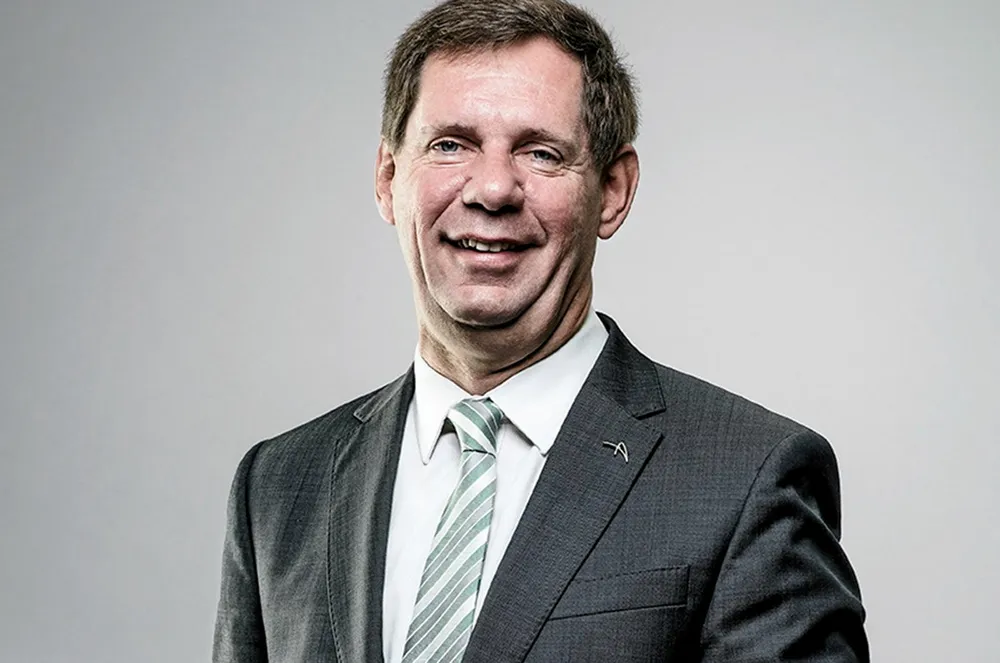'Green hydrogen is too expensive to use in our EU steel mills, even though we've secured billions in subsidies'
Head of ArcelorMittal’s European arm says that decarbonised steel could be made with imported DRI instead

Head of ArcelorMittal’s European arm says that decarbonised steel could be made with imported DRI instead
